From automated picture filters to fully immersive virtual worlds, artificial intelligence has subtly changed how we engage with images in recent years. The Clothes Remover AI Tool is one of the most intriguing technologies to come out of this wave. The phrase has far more depth than most people understand, despite initially seeming contentious or even improper. Like with other technology, how we choose to utilize them matters more than what they can do.
Let’s examine what an AI clothing removal tool is, how it operates, where it may be used ethically, and why it’s making waves in the technical and creative worlds.
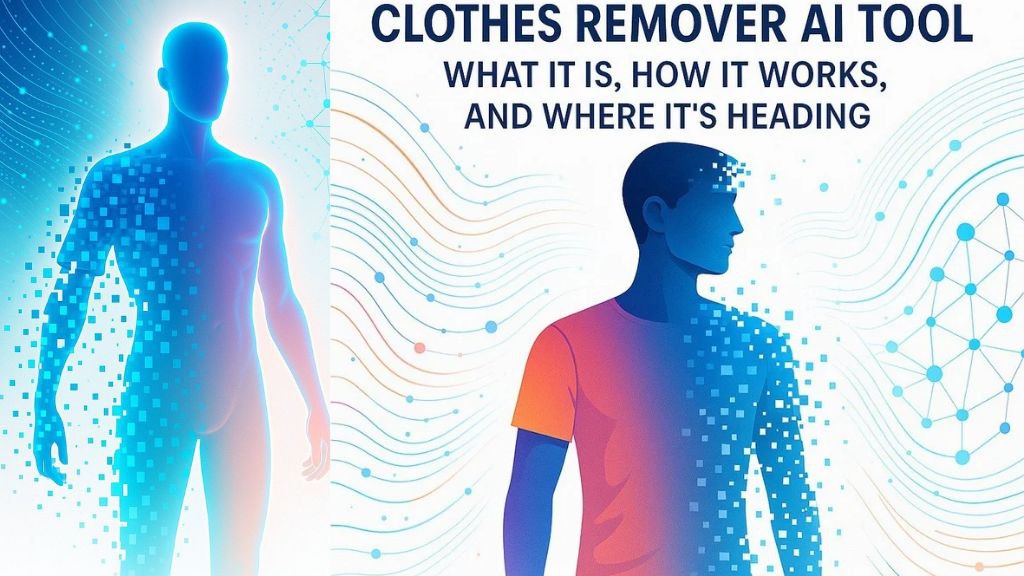
What Exactly Is a Clothes Remover AI Tool?
Simply put, an artificial intelligence-powered picture editing program is known as a clothing removal AI tool. It analyzes photos of people using machine learning techniques to produce modified or removed-clothing versions. Similar to how virtual try-on tools mimic how a new outfit might seem on a person, the tool may use informed predictions to replicate what’s underneath clothes, depending on its design and intended use.
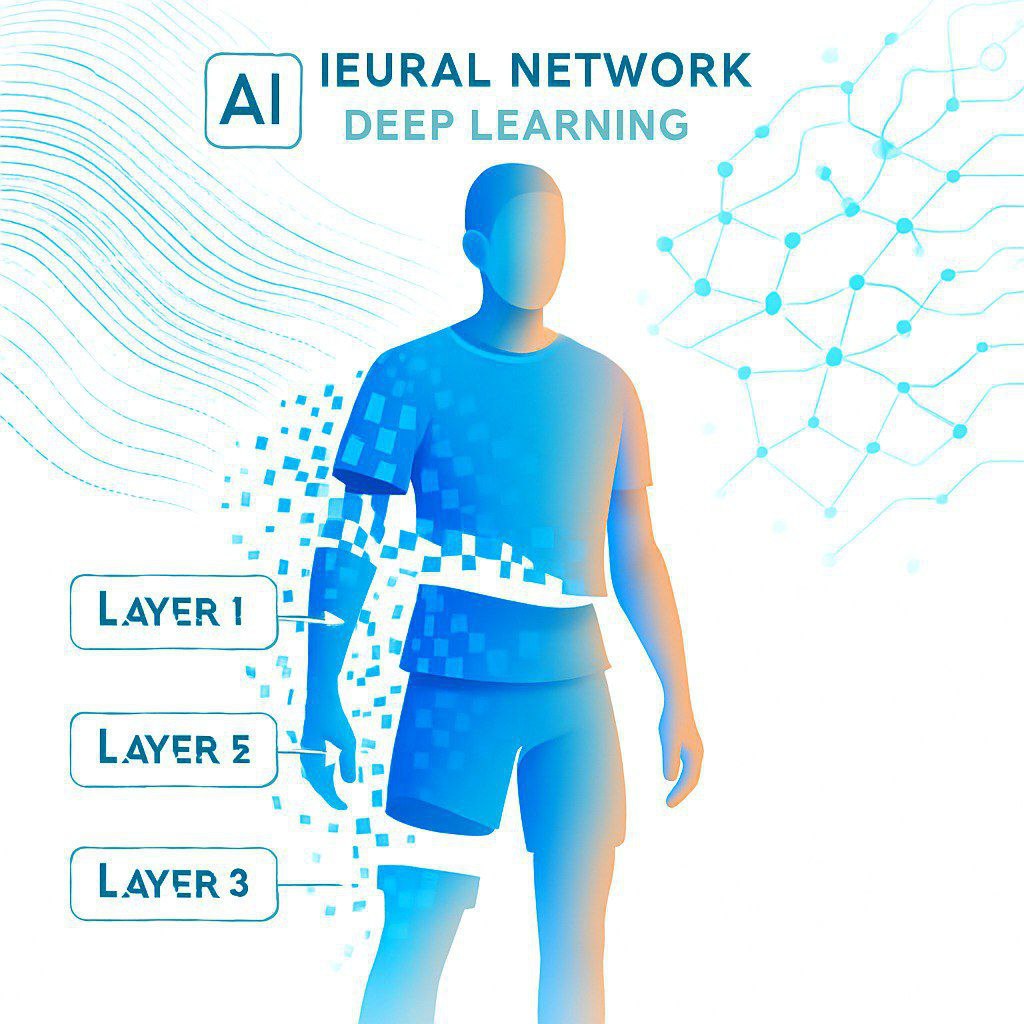
It’s important to note that not all of these technologies are designed with bad motives before you start picturing the worst-case situations. Indeed, a lot of them are made with animators, fashion designers, painters, or even medical training applications in mind, where learning or doing something requires visualization.
In actuality, it’s a more sophisticated version of what Photoshop has been doing for decades; the main difference is that you let the AI perform the majority of the job now rather than spending hours on manual editing. Consider it a hybrid of deepfake-style rendering and virtual body modeling, intended to modify or even eliminate the garment layer in an image for certain conceptual or visual goals.
How Do These AI Tools Actually Work?
Without delving too deeply into intricate technical language, let’s simplify this.
Neural networks, a sort of artificial intelligence loosely based on the way the human brain analyzes information, are the brains of any clothing removal AI program. Large databases of annotated images—thousands, even millions—are used to train these networks so the AI can recognize patterns.
Thus, when a picture is entered into the system, the AI examines it and contrasts it with its prior knowledge. It fills in elements that aren’t really visible in the original image by predicting what may be underneath the garment based on this information.
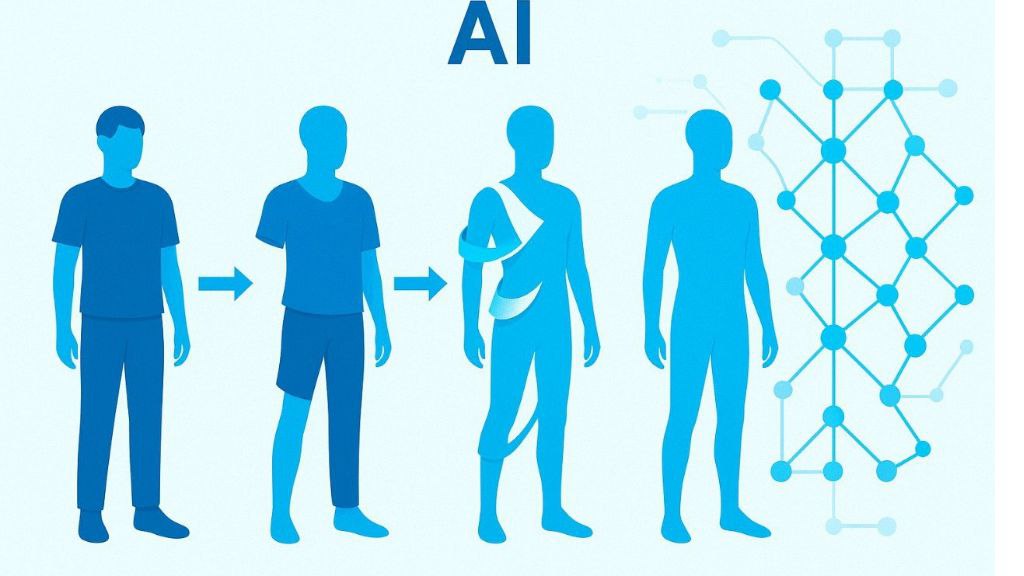
Naturally, how the tool was taught affects how accurate this procedure is. For the purpose of teaching anatomy, a tool trained on medical or anatomical data may produce realistic depictions. In contrast, a fashion-focused tool would concentrate more on layering clothes, such seeing what a new blouse might look like if the old one were taken off.
Certain AI systems also use generative adversarial networks (GANs), in which two AIs basically fight with one another: one seeks to produce realistic changes, while the other looks for signs of picture manipulation. As a result, the output becomes more and more realistic over time, which is both intriguing and a little unsettling. This is why ethics and regulation are hot topics.
Where Can These Tools Be Used Ethically?
It makes sense that the term “clothes remover” might raise eyebrows, but context is crucial. These technologies can be quite helpful in domains that benefit from high-quality visual simulations when utilized appropriately.
Fashion design is one important field. In order to comprehend shape, fit, and motion, designers frequently need to digitally remove layers or want to examine how an item appears layered over other garments. They can make a foundation image and explore digitally rather than taking pictures of models wearing various costumes. This facilitates quicker iterations throughout the design process and saves time and costs.
Another increasingly popular use case is virtual try-ons. Consider yourself buying online and wishing to see how a jacket will fit over your shirt or how a certain ensemble will seem when a layer is removed. Artificial intelligence (AI) systems that mimic garment changes provide online customers more confidence when making selections, which lowers return rates and increases customer happiness.
The creative sector gains as well. Similar techniques are used by animators, game developers, and artists to produce different outfit layers or character models. Being able to alter a character’s appearance, including their attire, can enhance the drama of scenes or more successfully communicate visual shifts in a plot.
It’s interesting to note that some persons also utilize similar tools for body positivity initiatives, assisting people in seeing themselves in various contexts, such as how they might seem wearing or not wearing particular types of clothes, or even employing neutral simulations to eliminate the stigma associated with fashion.
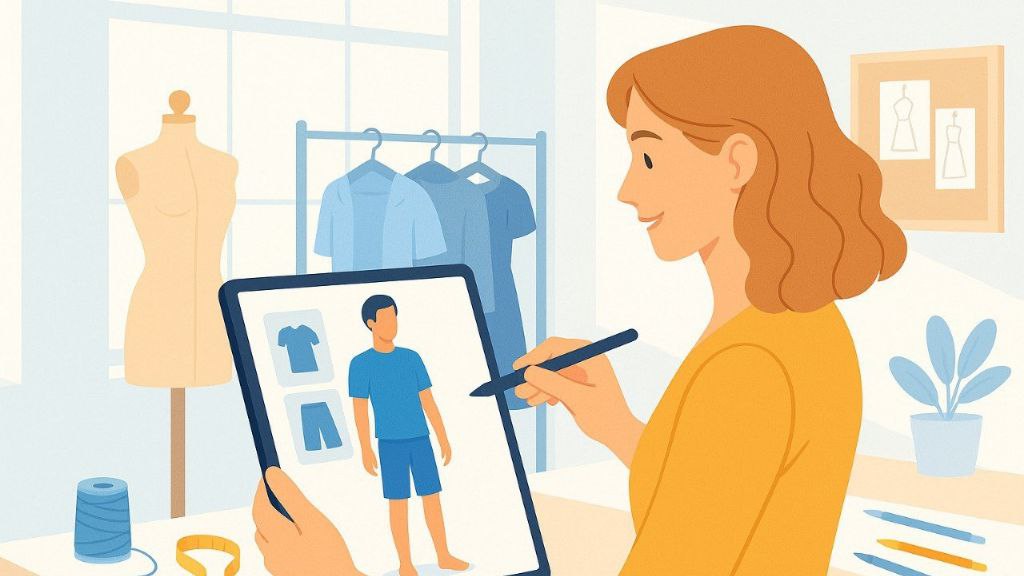
Why Is the Topic Gaining So Much Attention?
The recent surge in interest in clothing remover AI tools can be attributed to a number of factors. First of all, it’s a logical progression of all the AI picture altering tools that have become increasingly popular, such as face-swapping filters and AI-generated art. Since individuals were already utilizing technology to edit, improve, and retouch photographs, clothing was certain to be included eventually.
Second, picture production is now more accessible to regular users because to the development of deep learning models like Stable Diffusion and DALL·E. This raises both intrigue and concerns since it means that tasks that formerly needed a group of talented designers and programmers may now be completed with a few clicks.
Finally, let’s face it: controversy sells. Naturally, tools with names like “clothes remover” pique interest. However, not all attention is negative; occasionally, it creates opportunities for more in-depth conversations on digital ethics, accountability, and consent.
Tools such as the one available on this experimental site are not intended to be exploitative, but rather to be creative AI platforms. The goal is not to transgress ethical boundaries, but to investigate the potential applications of picture alteration and visual prediction tools in conceptual visualization, dream interpretation, and narrative.
Are There Risks? Yes — So Let’s Talk About Them Honestly
The reality that AI systems for clothing removal might be abused cannot be avoided. A significant ethical and legal threshold is crossed when an unconsented person uploads a picture into a program intended to remove garments. For this reason, a lot of nations are already looking into or enacting laws pertaining to digital image modification and deepfakes.
Like any tool, the technology isn’t intrinsically terrible, but it relies on the user’s purpose. In order to prevent misuse, developers of responsible AI solutions are now incorporating features like use tracking, watermarks, or stringent content limitations.
Users should be aware of the limits as well. These gadgets produce predictions rather than “seeing through” clothing. It’s not eyesight from x-rays. You receive a simulated version that could or might not be accurate. Not only is it incorrect, but it is also untrue to see it as a magical window into someone’s private.
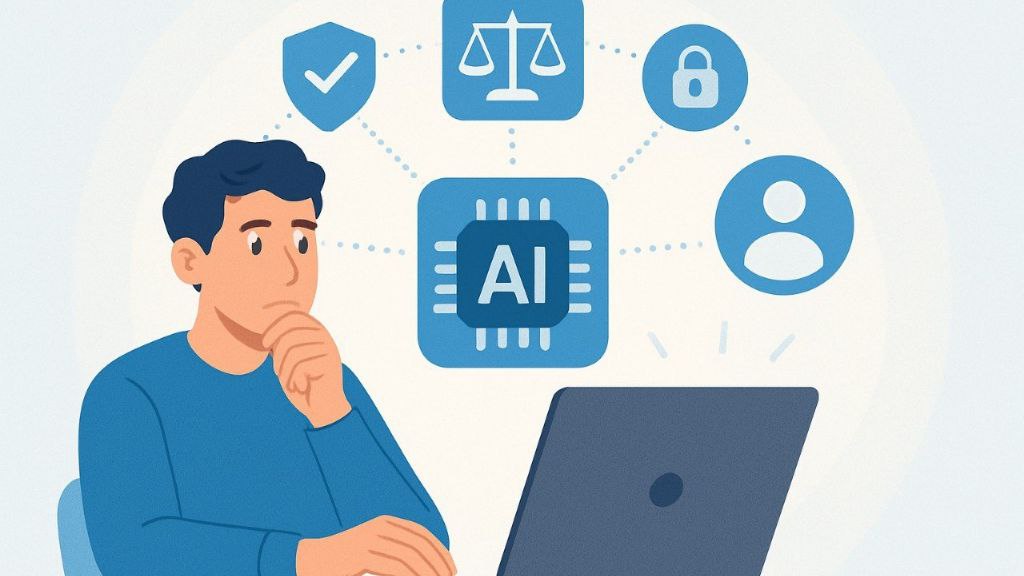
FAQs About AI Clothes Remover Tools
1. Is using a clothes remover AI tool legal?
It depends on how you use it. Using AI tools to edit images of yourself or for educational, fashion, or creative projects is generally fine. But using them on someone else’s photo without consent, especially for inappropriate purposes, can be illegal and deeply unethical.
2. Are there privacy concerns with these tools?
Yes, privacy is a serious concern. If someone uses these tools without permission or on public images, it could violate privacy laws or terms of service of social media platforms. Always be respectful and transparent when using such tools.
3. How accurate are these AI predictions?
AI clothes remover tools do not “see” under clothing. They generate guesses based on patterns in their training data. While results can appear realistic, they are not reflections of actual reality. Use them with that understanding in mind.
4. Can these tools be used for good?
Absolutely. From fashion visualization and character modeling to storytelling and education, clothes remover-style AI tools can serve useful, even inspiring, purposes when used ethically.
5. Will these tools keep improving?
Yes. As AI technology advances, visual editing tools will become more detailed, faster, and potentially more regulated. It’s important for developers, users, and policymakers to work together to ensure these tools are used responsibly.
Final Thoughts
Ultimately, the intersection of digital innovation and accountability is reflected in clothing remover AI tools. They arouse concerns, which is understandable given the nature of many emerging technology. However, they also present fascinating opportunities for sectors that depend on storytelling, simulation, or visual transformation.
Look at platforms like this one if you’re interested in the creative applications of AI, such as dream interpretation, visual metaphors, and psychological research, in addition to picture editing. It’s an area that tends more toward creativity and wisdom than anything improper, and AI can excel there.
Use these tools wisely, think about their impact, and remember: technology is only as good (or bad) as the hands that guide it.
Hi, I’m Santu Kanwasi, a passionate blogger with over 2 years of experience in content writing and blogging. I create original, informative, and engaging articles on a wide range of topics including news, trending updates, and more. Writing is not just my profession—it’s my passion. I personally research and write every article to ensure authenticity and value for my readers.
Whether you’re looking for fresh perspectives or reliable updates, my blog is your go-to source!





